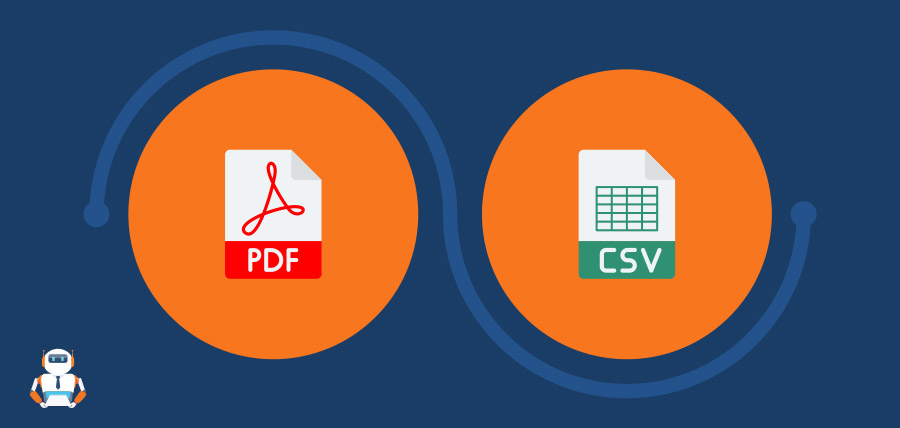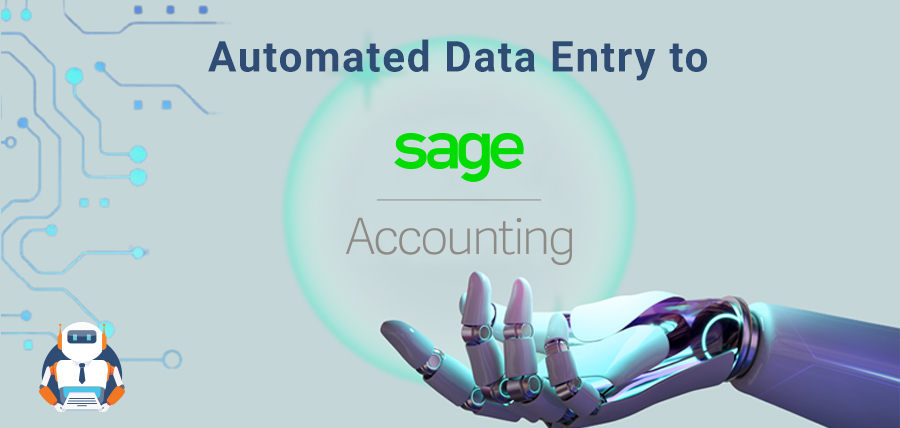Best Practices of Transaction Categorization for Accountants
Do you know that even tiny accounting errors, repeated over time, cost businesses billions annually? Getting transaction categorization right is, therefore, crucial, yet for many accountants, especially those handling a high volume of bank transactions, it’s an overwhelmingly tedious and time-consuming task.

Financial reports, such as the profit and loss statement and balance sheet, reflect the company’s financial health; incorrect categorization can distort this perspective. In addition, a detailed categorization allows you to create precise reports that help identify spending patterns, develop improved budgets, and recognize cost-saving opportunities.
This blog explores best practices for mastering transaction categorization, shares practical strategies for improving accuracy and efficiency (especially when dealing with numerous entries), and introduces how modern tools can significantly simplify this essential process.
Common Hurdles in Categorizing Transactions
Achieving accurate transaction categorization presents several common obstacles, especially for new accountants or those handling high volumes:
- Unclear Transaction Details or Missing Context: Payments often have vague descriptions, making it difficult to categorize transactions accurately without clear context from the client.
- Managing High Transaction Volumes: Processing hundreds or thousands of bank lines each month is time-consuming and prone to human error.
- Complex or Mixed-Use Transactions: Some transactions involve multiple components, like the addition of bank fees or a mix of business and personal expenses from a single account.
- Chart of Accounts (COA) Ambiguity: When the COA is unclear or excessively detailed with overlapping categories, the likelihood of misclassifications becomes almost certain.
- Inconsistent Practices over Time: A lack of standardised procedures and an inconsistent history of categorizing transactions can obscure true spending patterns.
Best Practices for Efficient Categorization
Ready to leap over those hurdles? Embrace the following practices to speed up your categorization and maintain high accuracy.
Understand the Chart of Accounts (COA)
For each account in your COA, write a simple, one-line definition of its purpose. It helps group accounts and reduces ambiguity. Differentiate between frequently used accounts and those rarely applicable to streamline your thinking.
Develop and Follow Clear Categorization Rules (SOPs)
Create a brief SOP document to ensure consistency, and update it over time. The document should contain the logic for assigning transactions with screenshots and examples.
Analyse Past Data to Refine Current Practices
Periodically generate reports from your accounting software to see which types of suppliers and transaction descriptions typically fall into each account. This helps you spot patterns and identify common misclassifications.
Establish a Process for Ambiguous Transactions
Develop a clear procedure for holding transactions where the transaction category is uncertain. This might involve a holding account or a specific note. Promptly seek clarification from clients or senior colleagues.
Don’t Be Afraid to Ask Questions (Especially from Clients)
When you are unsure about a transaction, it is better to gather context from the client. Develop a polite draft with a complete list of questions to ask your clients.
While these best practices are essential, manually managing high volumes of transactions can still be overwhelming. Smart automation is key to applying these practices consistently and efficiently at scale, reducing errors and freeing up your time.
Streamlining Your Workflow and Leveraging Automation
Receipt Bot targets these challenges by extracting key information from scanned bills, receipts, and invoices. Furthermore, you can quickly verify suggestions by looking at the source document (PDF), which is visible alongside the extracted data.
Receipt Bot also learns from your actions; thus, any changes to the category are memorized for similar future transactions. This smart learning, combined with seamless integration with popular accounting software like Xero and QuickBooks, ensures your Chart of Accounts is always aligned and data flows smoothly, simplifying reconciliation.
With automation managing transaction categorization, your role shifts from manual processing to supervision. You’ll focus on reviewing AI categorizations, managing exceptions, and engaging in higher-value analytical tasks, enhancing your work experience and strategic skills.
Curious about how automation can transform your approach to transaction categorization? Find out how Receipt Bot simplifies accounting data entry.



